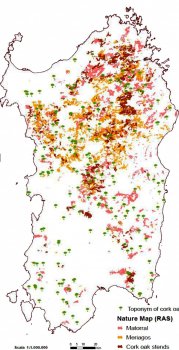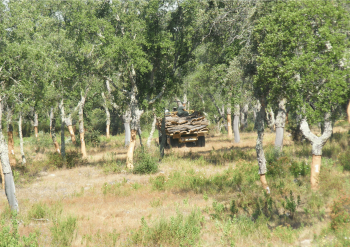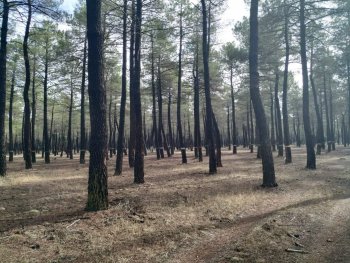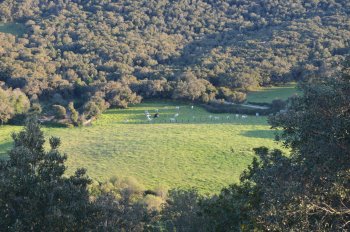Analysis and management of main ecosystem services and multi-functionality of Sardinian cork oak woods
The work analyses the multifunctionality of cork oak forests and the benefits in terms of ecosystem services (CICES 2018, MAES 2017) in Sardinia. Supply, regulation and cultural services are assessed, also analysing identity, landscape, anthropological and historical aspects. The main factors that threaten the preservation of Cultural Ecosystem Sergices (CES) are taken into account. A set of actions and measures are proposed, consistent with identity and cultural values, for the recovery, conservation and enhancement of Natural and Cultural Capital of cork oak woods.




